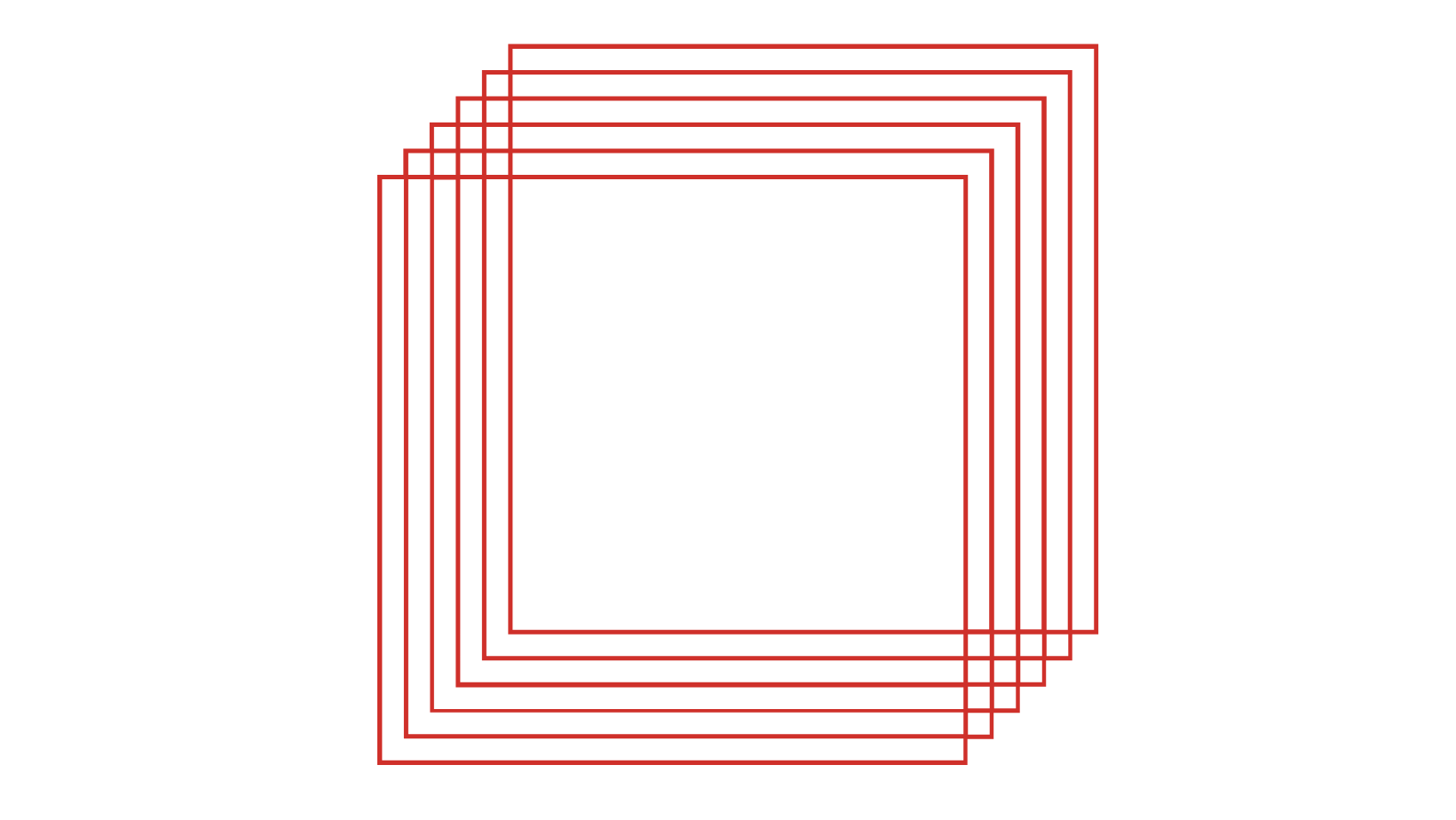
This page of our website is not optimized for mobile devices. Kindly access it through a web browser, as images may not display correctly on mobile.
Our tailored InfoWheels® Provide Clients with Valuable Insights into their Projects, Strategies, and Plans, whether they're Socio-economic, Spatial, or Market-related
It’s the quants story of your project in one information kit.
Based on the digital backbone of our analytics, we offer metrics design toolkits that are easy to digest, use and share with your audience. The InfoWheel® is one example of many custom-made dashboards that we provide to elevate your planning “game” and strike a chord with your client. Much like a bicycle wheel distills motion into a simple, elegant form, it represents our ability to analyze and distill complex planning problems into a single, cohesive informatics kit in the shape of a wheel that spins to reveal planning data, correlations, ratios, and benchmarks—the possibilities are endless. As it rotates, it provides a comprehensive and accessible view of relevant data in a visually striking and interactive. You can showcase strategy, planning, policy, or any inputs and outputs across all stages of your project workflow.
InfoWheels® putting analytics into practice to tell a tale of two cities: We compared Vienna and Cairo for quantitative guidance on shaping Cairo's urban regeneration aspects. The insights helped identify specific areas for improvement and concrete actions for policymakers and planners seeking to improve Cairo's urban design based on Vienna’s successes.
During the benchmarking exercise comparing Cairo and Vienna, a wide range of quantitative metrics were used to provide a comprehensive view of urban design aspects in both cities. The metrics covered a range of types from nominal to ratios to KPIs, including various use densities, both by the build-up and economic diversity, as well as the coverage of public space and green space, and various walkability and mobility quantifiers and scores, including transportation mode share, access to public transit, connectivity, length of pedestrian lanes per capita, as well as per key service and transportation hubs. The exercise also included metrics related to housing affordability, building code, energy consumption, waste generated and recycled, air quality, as well as community participation, and cultural aspects such as the number of historical and cultural heritage sites, preservation efforts, and more. These quantitative metrics provided a reliable and objective way of evaluating the progress of the urban regeneration scheme in Cairo and identifying areas for improvement based on Vienna's success. Overall, the InfoWheel® provided a valuable tool for policymakers and planners seeking to improve the economic and social performance of Cairo's urban design.
For a demo, take a spin on our simplified InfoWheel® below to uncover the insights that drive our Cairo, Egypt regeneration master plan. Click the wheel on/off to rotate it and reveal metrics. We don't just develop the analytics for the wheel; we also customize it to match your brand and project identities, ensuring a truly custom experience for your audience.
"Knowledge is the wheel upon which all things turn."
— William D. Leahy










